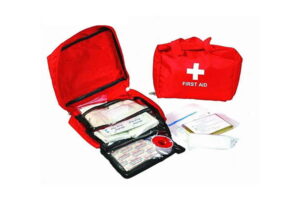In complex surgeries, proper medical supply configuration in operating rooms is paramount. It ensures seamless procedures, minimizing risks and ensuring patient safety. Each tool and instrument has a critical role, underscoring the significance of meticulous organization.
Basic Surgical Instruments: Understanding Their Crucial Roles
In the realm of surgery, a set of fundamental tools plays a pivotal role in ensuring precision and success. Let’s delve into the specifics of some essential instruments:

Scalpel:
The scalpel, a small and sharp knife-like instrument, is used for making precise incisions in the skin and tissues. Surgeons rely on its accuracy to initiate surgeries.

Forceps:
Forceps come in various shapes and sizes, designed for grasping, holding, or compressing tissues and blood vessels. They provide surgeons with the necessary grip and control during delicate procedures.
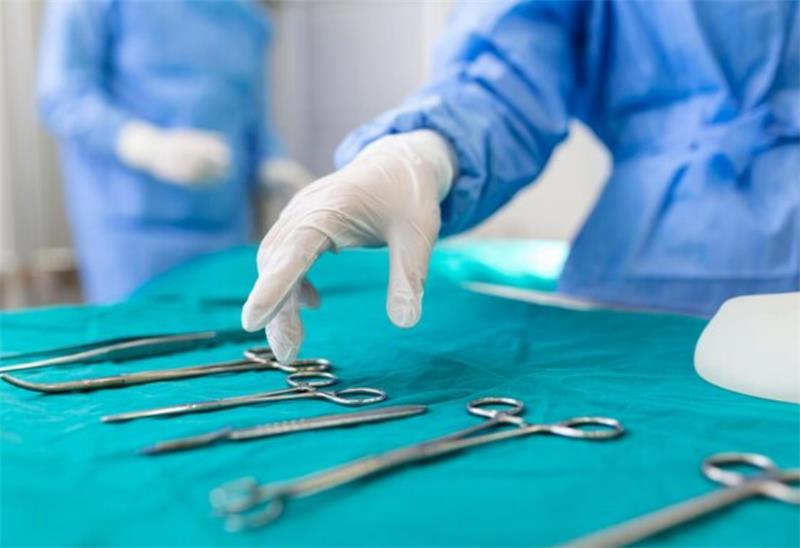
Scissors:
Surgical scissors, available in diverse types, are tailored for cutting tissues, sutures, or other materials. Their sharp blades ensure clean and efficient cuts, aiding in intricate surgical tasks.

Hemostats:
Hemostats, also known as clamps, are pivotal for controlling bleeding by constricting blood vessels or tissues. Surgeons employ them to maintain a bloodless field, enhancing visibility and precision.

Needle Holder:
Needle holders are essential for suturing wounds. They grip needles firmly, allowing surgeons to sew tissues accurately. Proper suturing is crucial for wound closure and healing.

Surgical Drapes:
While not a tool in the traditional sense, surgical drapes are indispensable. They create a sterile environment by covering the patient and surrounding areas, preventing contamination during surgery.
Infection Control Supplies: Safeguarding Surgical Environments
In the operating room, infection prevention and control are paramount, and a range of specialized supplies ensures a sterile and safe environment:

Surgical Masks:
Surgical masks act as a barrier, preventing the spread of microbes from the surgeon’s nose and mouth. They protect both the patient and medical staff, minimizing the risk of infection during surgery.
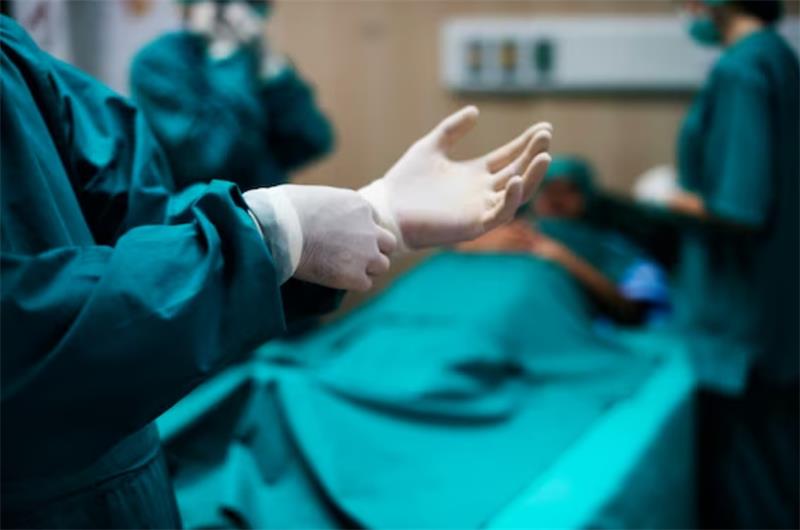
Surgical Gloves:
Surgical gloves create a protective layer over the hands, safeguarding against contamination. They are crucial for maintaining sterility while allowing precise movements, ensuring that no germs are transmitted from the medical team to the patient.
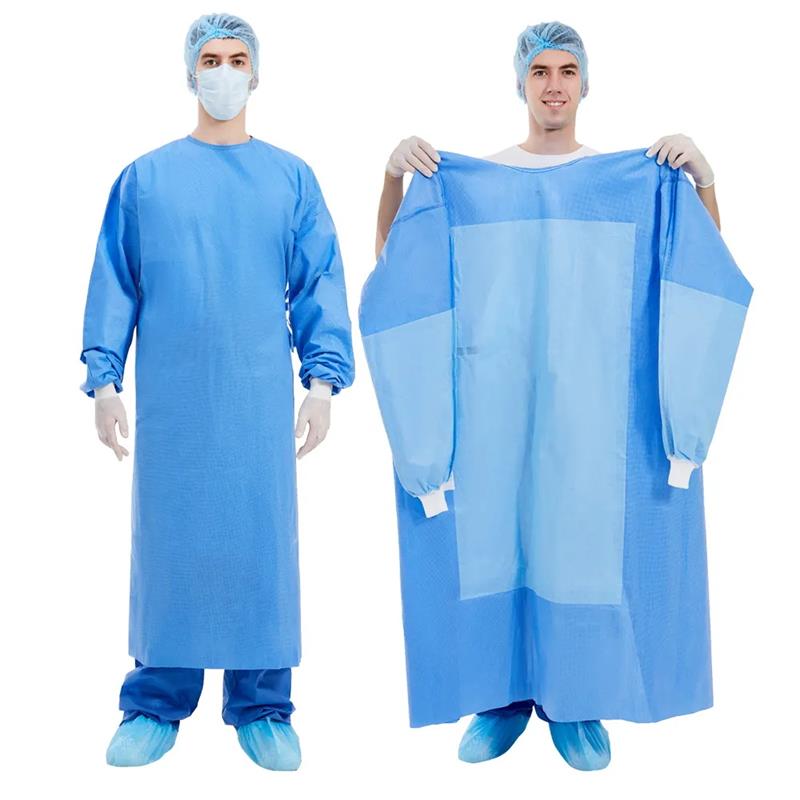
Surgical Gowns:
Surgical gowns cover the entire body of healthcare professionals. Made from impermeable material, they shield against fluid penetration, reducing the risk of infection. Gowns maintain the sterile field, ensuring a secure environment for intricate surgical procedures.

Medical Head Covers and Shoe Covers:
These additional accessories further enhance the sterility of the surgical team. Head covers prevent hair from falling into the operating area, while shoe covers minimize the possibility of contaminants being carried into the room from footwear.
Importance of Infection Prevention and Control:
A sterile operating room is the cornerstone of successful surgeries. Infection control supplies serve as the first line of defense against pathogens. By wearing masks, gloves, gowns, and other protective gear, medical professionals significantly reduce the likelihood of infections. This not only promotes faster recovery for patients but also enhances the overall safety of surgical procedures.
Anesthesia Equipment: Ensuring Patient Comfort and Safety
Anesthesia plays a vital role in surgeries, and specific equipment ensures patients are comfortable and safe throughout the procedure. Let’s explore the key components and their functions:

Anesthesia Machines:
Anesthesia machines deliver a precise mixture of gases and vapors to induce and maintain anesthesia. These machines are equipped with various monitors and safety features to regulate the patient’s vital signs, ensuring they remain stable during surgery.
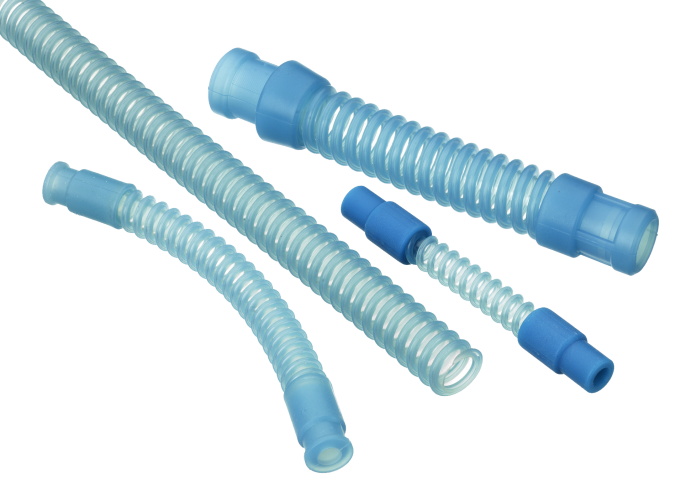
Breathing Tubes:
Breathing tubes, also known as endotracheal tubes, are inserted into the patient’s windpipe to assist breathing during anesthesia. They maintain an open airway, allowing the delivery of oxygen and anesthesia gases directly into the lungs.
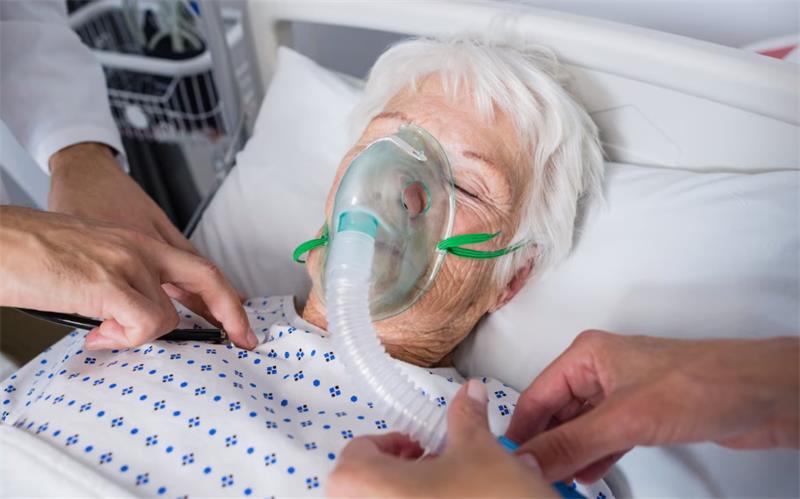
Oxygen Masks:
Anesthesia masks are placed over the patient’s nose and mouth. They are used for inducing anesthesia before intubation or for patients who don’t require intubation. Masks ensure the patient inhales the right concentration of gases, sedating them comfortably for the surgery.

Surgical Monitors:
Various monitors, such as pulse oximeters and ECG machines, are connected to the patient to track vital signs like heart rate, blood pressure, oxygen saturation, and breathing rate. Anesthesia providers closely monitor these parameters to adjust anesthesia levels and respond promptly to any changes.
Role in Surgical Procedures:
Anesthesia equipment is the cornerstone of pain management and patient safety during surgery. By administering anesthesia in precise doses, healthcare professionals ensure patients remain unconscious and pain-free. Breathing tubes and masks maintain proper oxygen levels, vital for the body’s functioning, while monitors offer real-time data, enabling medical staff to make instant adjustments, if necessary. This meticulous control not only guarantees a smooth surgery but also contributes significantly to the patient’s overall well-being, emphasizing the importance of anesthesia equipment in the surgical setting.
Sterilization and Disinfection Supplies: Safeguarding Patient Health
In the meticulous world of surgery, the significance of sterilization and disinfection supplies cannot be overstated. These supplies are crucial in maintaining a sterile environment, ensuring patient safety, and preventing infections. Let’s explore their roles and the sterilization process:
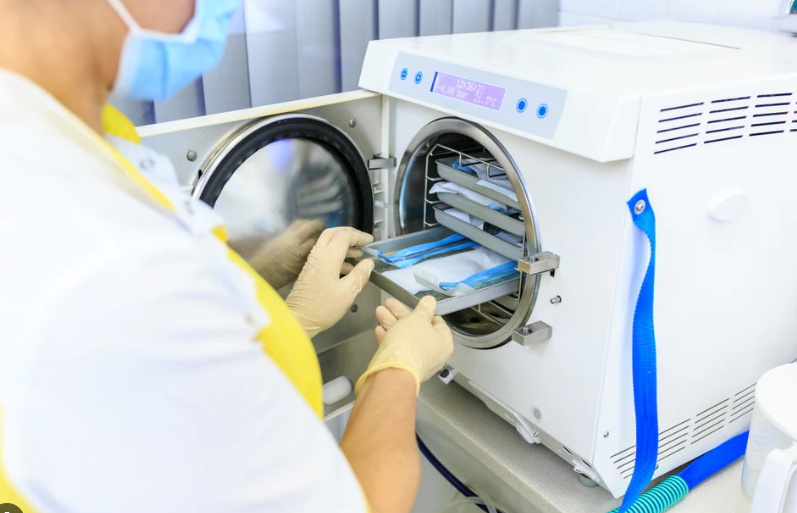
Autoclaves:
Autoclaves are sophisticated sterilization devices that use high-pressure and high-temperature steam to kill all forms of bacteria, viruses, and fungi on surgical instruments. They provide foolproof sterilization, guaranteeing that instruments are completely free of pathogens before they touch a patient.

Sterilization Pouches:
Sterilization pouches are specially designed packaging that keeps sterilized instruments safe and contamination-free until they are needed in surgery. These pouches maintain the sterility of instruments, ensuring they remain free from microbes until the moment they are used.

Disinfectants:
Disinfectants are chemical solutions used to disinfect surfaces, floors, and other non-critical items in the operating room. They kill most bacteria and viruses, and maintaining a hygienic environment crucial for infection prevention.
The Sterilization Process and Its Significance:
Sterilization is a meticulous process that eliminates all microorganisms on surgical instruments and supplies. Autoclaves, by using high-pressure steam, eradicate even the most resilient pathogens, ensuring that every tool used in surgery is entirely sterile.
The use of sterile supplies is paramount as it significantly reduces the risk of post-surgical infections. Sterile instruments and equipment minimize the patient’s vulnerability to complications, promoting faster healing and reducing hospital stays.
Monitoring Devices: Safeguarding Patient Well-Being in Surgery
In the realm of surgical procedures, monitoring devices serve as vigilant guardians of patient safety, providing real-time insights into vital signs. Let’s explore the critical functions of these devices:

Heart Rate Monitors:
Heart rate monitors track the patient’s heartbeat, ensuring it remains within the normal range. Sudden fluctuations may indicate distress, allowing medical professionals to respond promptly, and preventing potential complications.

Blood Pressure Cuffs:
Blood pressure cuffs measure the force of blood against the artery walls. Proper blood pressure levels are essential for organ perfusion. Monitoring blood pressure helps detect irregularities, aiding in the prevention of strokes, heart attacks, and other cardiovascular issues during surgery.
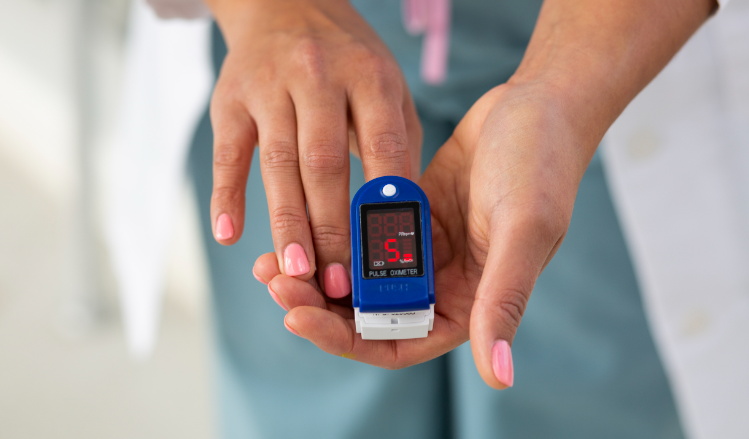
Pulse Oximeters:
Pulse oximeters measure the oxygen saturation level in the patient’s blood. Oxygen saturation is crucial for organ function. Monitoring it ensures the patient is receiving adequate oxygen, preventing hypoxia, a condition that can lead to organ damage if left unaddressed.
Contribution to Patient Safety:
Monitoring devices are the unsung heroes of the operating room, constantly assessing the patient’s vital signs. Their continuous surveillance provides immediate feedback to medical staff, enabling quick responses to any irregularities. By ensuring stable heart rates, blood pressure, and oxygen levels, these devices prevent complications, such as cardiac events or respiratory distress, which can significantly impact patient safety.
Specialized Surgical Instruments: Precision Tools for Complex Surgeries
In the intricate world of surgery, specialized instruments play a pivotal role, enabling surgeons to perform intricate procedures with precision and minimal invasiveness. Here’s an overview of these highly specialized tools and their specific applications:

Laparoscopic Instruments:
Laparoscopic instruments, including graspers, scissors, and cameras, are designed for minimally invasive surgeries. They are inserted through small incisions, allowing surgeons to view the inside of the body on a screen and perform surgeries with reduced trauma to the patient’s tissues. These instruments are crucial for procedures like laparoscopic cholecystectomy and hernia repairs.

Microsurgical Tools:
Microsurgical tools are incredibly delicate instruments used in microsurgeries, where precision is paramount. These tools, including microscissors, microforceps, and microsurgical needles, are employed in procedures involving small structures like blood vessels and nerves. Microsurgery is common in fields such as neurosurgery and ophthalmology.

Electrocautery Devices:
Electrocautery devices use electrical currents to cut tissues and coagulate blood vessels during surgeries. They are vital for procedures where controlled tissue removal and hemostasis (preventing bleeding) are essential, such as in various types of oncological surgeries.
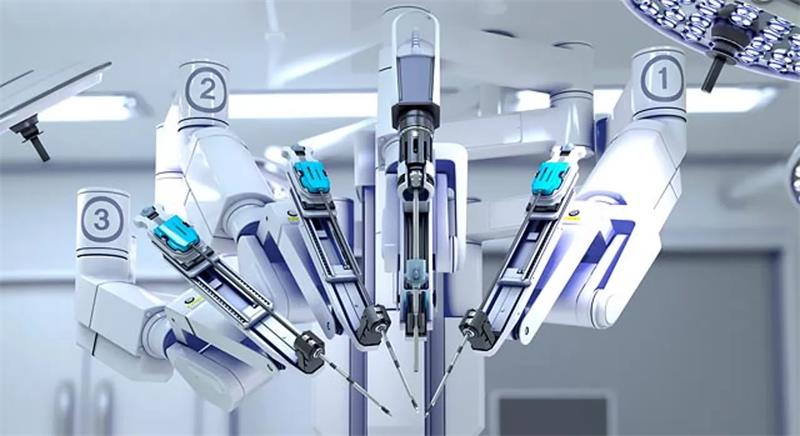
Robotic Surgical Systems:
Robotic surgical systems, like the da Vinci Surgical System, enable surgeons to perform minimally invasive surgeries with enhanced precision and dexterity. These systems consist of robotic arms controlled by the surgeon from a console. They are used in a wide array of surgeries, including prostatectomies and cardiac procedures.

Endoscopic Instruments:
Endoscopic instruments, such as endoscopes and biopsy forceps, are employed in endoscopic surgeries. These instruments allow surgeons to access internal organs and structures through natural body openings or small incisions. Endoscopic procedures are common in gastroenterology and urology.
Specialized surgical instruments have revolutionized the field of surgery, enabling procedures that were once invasive and risky to become minimally invasive and highly precise. Surgeons rely on these advanced tools to provide patients with safer, more effective treatments, showcasing the continuous evolution of medical technology and the commitment to enhancing patient outcomes.
Elevating Healthcare Through Precision and Care
In the delicate dance of scalpels and monitors, healthcare reaches new heights. Specialized instruments, meticulous sterilization, and vigilant monitoring converge to define a future where surgeries are not just procedures but transformative experiences.
With precision and unwavering care, these advancements pave the way for safer, more effective interventions, underscoring the essence of healing. Each tool, each measure, reflects a commitment to elevating healthcare standards, ensuring patients step into a future where trust meets innovation, and well-being knows no bounds.




